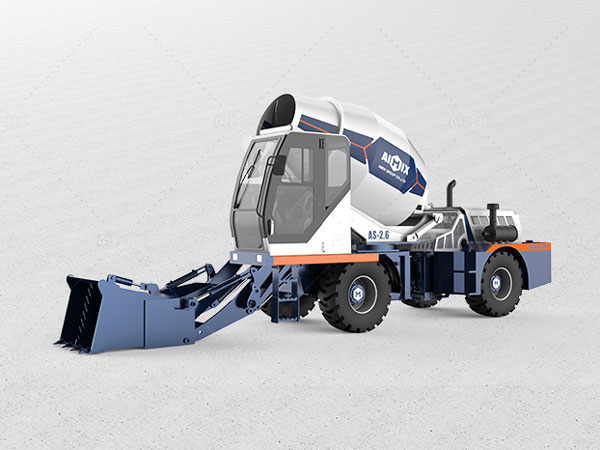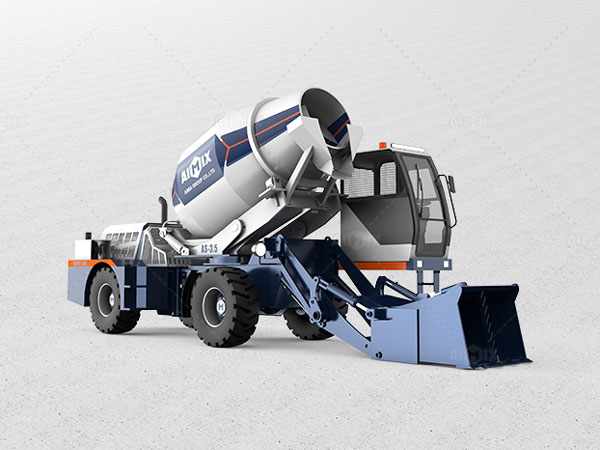Self-loading cement mixers have revolutionized the construction industry, offering unparalleled efficiency and versatility. These machines are capable of loading, mixing, and discharging concrete all in one unit, making them a popular choice for a wide array of projects. However, selecting the appropriate capacity for a self loading cement mixer is critical for optimizing performance and ensuring project success.
This article delves into the considerations that inform the choice of mixer capacity, catering to different project sizes, from small renovations to large-scale constructions.

Understanding Project Requirements
Assessing Project Scale and Scope
The first step in selecting the right self-loading cement mixer is to thoroughly assess the scale and scope of the project. Smaller projects, such as residential renovations or landscaping, typically require less concrete than larger commercial constructions or infrastructural developments. Understanding the volume of concrete needed can help inform the required mixer capacity. Project managers must also consider the frequency of concrete pours; a high volume of small pours may necessitate a different mixer capacity compared to fewer, larger pours.
Evaluating Site Conditions
Site conditions play a significant role in determining the appropriate mixer capacity. Factors such as space constraints, access routes, and the availability of raw materials can influence the choice of mixer. For example, in urban settings where space is limited, a compact self loading mixer may be ideal. Conversely, in expansive rural areas, larger mixers might be more feasible. Additionally, if the project site is difficult to navigate, smaller, more maneuverable mixers can enhance efficiency, even if they have a reduced capacity.

Selecting the Right Capacity
Small to Medium Projects
For small to medium projects, such as backyard patios or small commercial spaces, an AIMIX self-loading cement mixer with a capacity of 1 to 2 cubic meters can suffice. These mixers strike a balance between affordability and efficiency, allowing for easy transport and operation in tighter spaces. They enable contractors to mix concrete on-site, minimizing waste and ensuring that the material is fresh. Additionally, these compact models often come equipped with user-friendly controls, making them accessible for operators with varying levels of experience.
Large Scale Projects
In contrast, large-scale projects such as road construction or high-rise building foundations necessitate mixers with capacities ranging from 3 to 6 cubic meters or more. These larger self-loading mixers are designed to handle significant volumes of concrete consistently, providing a steady flow of material to meet rigorous construction schedules. They typically feature advanced mixing technology, which ensures a uniform blend, essential for structural integrity. Operators must be proficient in managing these larger machines, as they require more careful handling and logistical planning.
Cost Considerations and Long-Term Benefits
Initial Investment vs. Operational Efficiency
When choosing a self-loading cement mixer, the initial investment is a critical factor. While larger mixers may entail a higher upfront cost, they can offer significant operational efficiencies over time. By reducing the number of trips required to transport concrete and minimizing labor costs, the self loading concrete mixer in Malaysia
can provide a favorable return on investment. Conversely, smaller mixers may be less expensive initially, but they could lead to increased operational costs if multiple trips or additional equipment rentals are required to complete a project.
Future Project Flexibility
Lastly, considering future project needs is vital. A self-loading mixer that meets current project specifications may also be beneficial for future jobs of varying sizes. Investing in a versatile mixer with adjustable capacities can enhance operational flexibility and adaptability. This foresight can mitigate the risk of outgrowing equipment too quickly, providing a sustainable solution for contractors aiming to expand their services.
